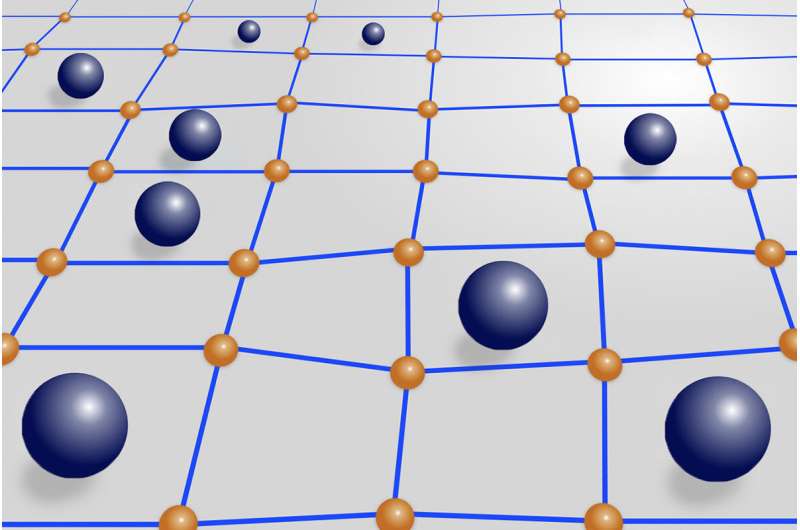This article has been reviewed according to Science X's editorial process and policies. Editors have highlighted the following attributes while ensuring the content's credibility:
fact-checked
peer-reviewed publication
trusted source
proofread
Insights into designing advanced stimuli-responsive porous materials

The "nothing" (empty space) feature of porous soft materials is foundational to their properties and applications, and has been a focus of study for many years. Now, researchers from Japan have solved a long-standing puzzle of these materials that will speed up research and development, and improve their utility in practical devices.
In a study recently published in Proceedings of the National Academy of Sciences, researchers from the Institute of Industrial Science, The University of Tokyo have revealed the importance of a physical property—elastic heterogeneity—in tuning the molecular adsorption/desorption properties of a common class of soft porous materials: metal–organic frameworks (MOFs).
MOFs, a focus of research since the 1990s, are sponge-like materials. They are highly tunable, meaning that their size, shape, and composition can change by changing the metal ions and organic linkers used to build them. This tuning can ultimately alter their properties, such as mechanical flexibility. Furthermore, upon adsorbing molecules (known as guests), the MOF's (known as hosts) crystal structure can undergo nonuniform shape changes known as elastic heterogeneity.
The resulting stimuli-responsiveness and guest adsorption selectivity of MOFs has led to many applications, such as sensors, supercapacitors, and drug delivery tools.
To improve the design of advanced MOFs, researchers have long sought to understand the link between the macroscopic property of elasticity to the corresponding microscopic host–guest interactions. Obtaining such understanding by computational simulations is the problem that the researchers sought to address.
"Our simplified statistical mechanical model reveals the role of guest adsorption and desorption in elastic heterogeneity," explains Kota Mitsumoto, lead author of the study. "We mathematically link lattice expansion and contraction to the energetics and thermodynamics of the host–guest interactions."
The simulations focused on two classes of domains, which are compositional regions within MOFs: guest-adsorbed, which are harder; and guest-desorbed, which are softer. The researchers' main result is that the shape of these domains depended on the difference in the elastic stiffness between the domains. Guest adsorption corresponded to compact domains, whereas guest desorption corresponded to flattened domains.
"We deduce the entropic and energetic contributions to the transition between guest adsorption and desorption," says Kyohei Takae, senior author. "Thus, we provide physicochemical insight into the origin of elastic heterogeneity within MOFs and analogous materials."
This work has applications to imparting targeted properties to soft porous materials. For example, compact domains can facilitate strong guest confinement, and thus applications such as gas storage. Alternatively, flattened domains can increase the surface area of MOFs, and thus facilitate chemical reactions. Sensors and many other stimuli-responsive materials will benefit from these insights.
More information: Kota Mitsumoto et al, Elastic heterogeneity governs asymmetric adsorption–desorption in a soft porous crystal, Proceedings of the National Academy of Sciences (2023). DOI: 10.1073/pnas.2302561120
Journal information: Proceedings of the National Academy of Sciences
Provided by University of Tokyo





















